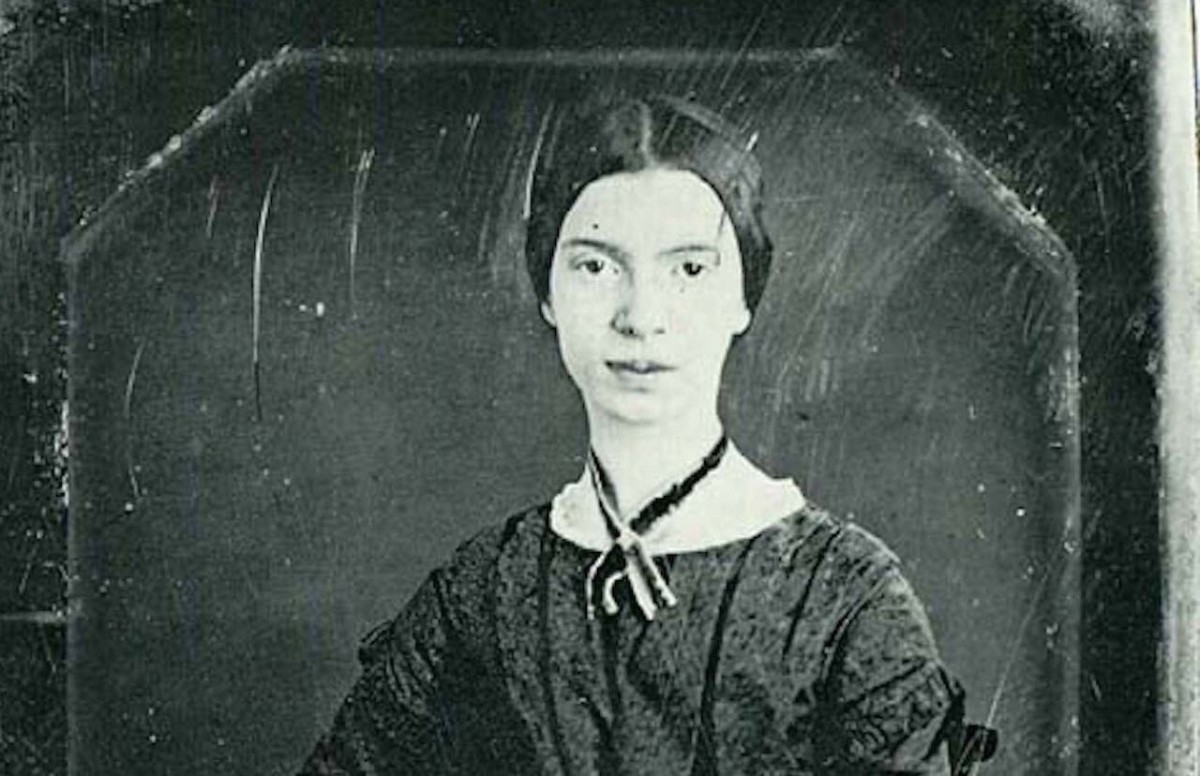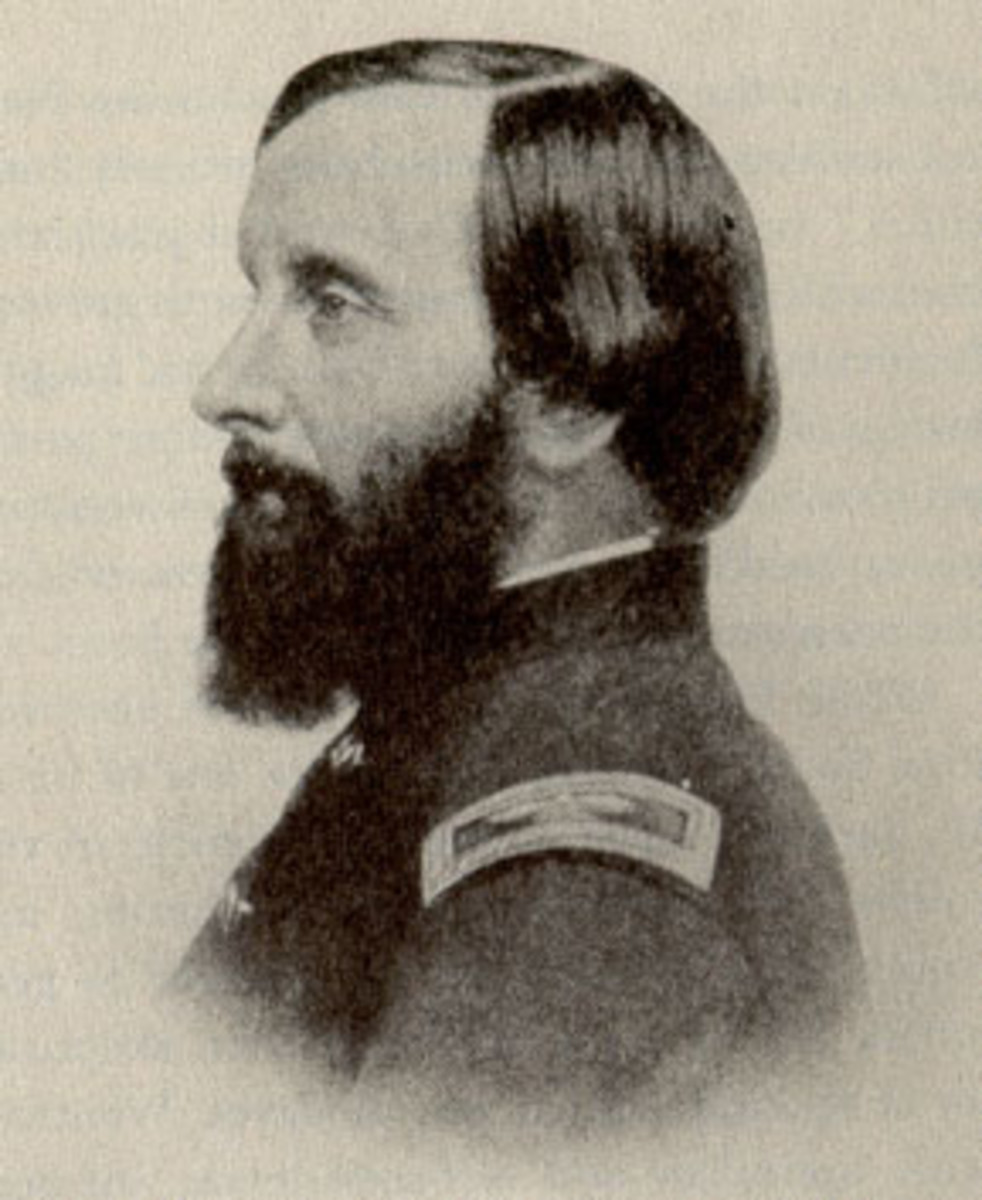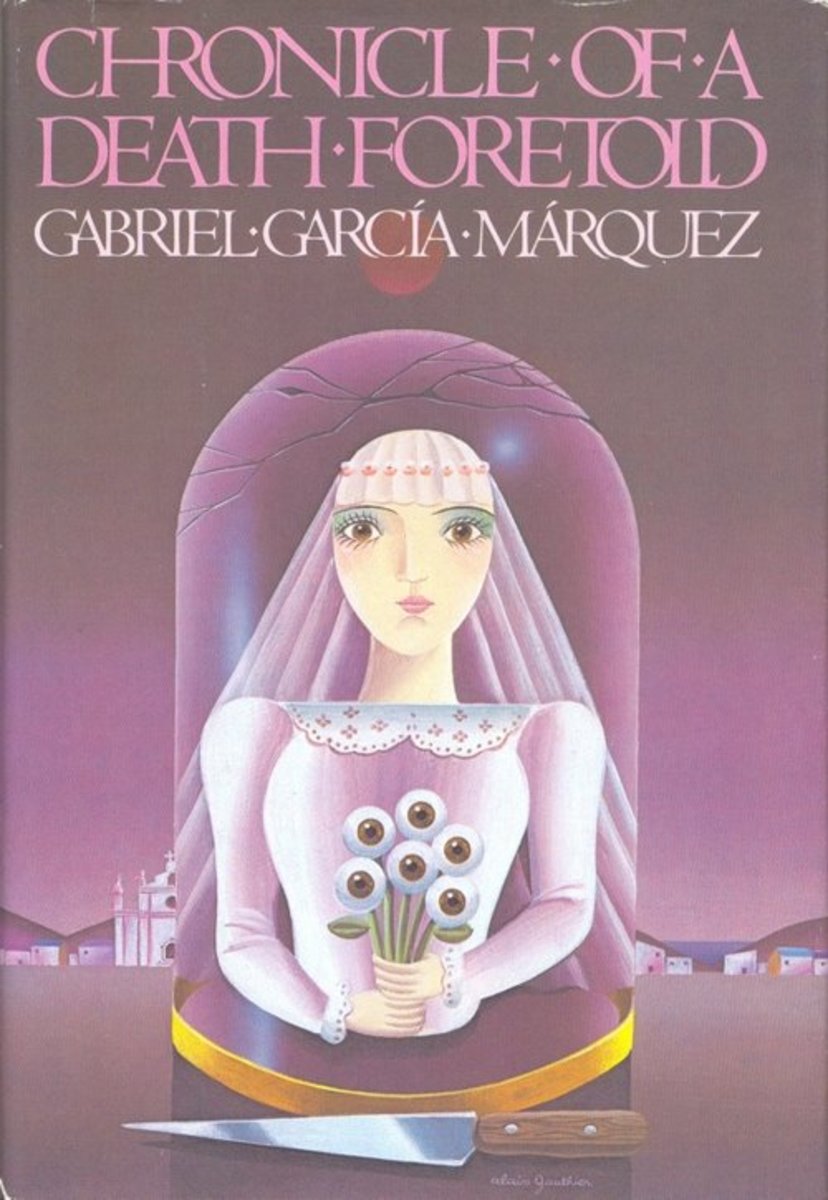Chopin, Dickinson, and the Element Diction

Genres and the Literary Element Diction by Eric J. Specht
Often literature is read to satisfy academic criteria or for mere reading pleasures. However, the admiration for reading literature is often acquired from an author’s writing style because a person who reads cannot simply read their preferred text with prose that bore them. Literature is fashioned according to an author’s preference of writing elements such as theme, syntax, imagery, structure, and others, which may be used solely or in conjunction within text to portray personal expression and/or to allure the audience. My personal favorite element in literature is diction, which is best summarized by Samuel Taylor Coleridge when he defined diction in poems to be “the best words in the best order” (cited in DiYanni, 2007, pg. 787). Diction is mysterious because a words meaning can be variable; however, it expresses the writer’s essence, but ingeniously so the reader can also interpret the text according to his or her own persona. Furthermore, diction connects literature regardless of the writing style. Therefore, I will exemplify that two different types of literature may use the literary element diction, which induces the reader to connect with the text on a personal level.
However, before we begin to explore the element diction in literature, let us first attain its common definition. Diction often refers to the meaning of a single word directly related to its dictionary definition; however, the “best words” (cited in DiYanni, 2007, pg.787) used may have other associations that may convey emotions and/or indirectly imply or suggest ideas aside from the authors perspective. For example, I generalized the word “Civility” (cited in DiYanni, 2007, pg. 810) in Emily Dickinson’s poem “Because I could not stop for Death” (http://academic.brooklyn.cuny.edu/english/melani/cs6/stop.html) to represent the carriage driver’s Politeness. However, rereading the poem expanded my understanding of the word, which I then interpreted; the courtesy carriage driver thoughtfully steered through town one last time for the deceased passenger. I believe Emily used the word civility because it best directly states the carriage driver’s morality, yet indirectly states the carriage’s route through civilization. As illustrated, I was able to determine that a single word may merely be the beginnings to a reading adventure if a word’s meaning is explored beyond its denotations. In addition to this example, I will interpret two other works of literature from Poet Emily Dickinson since poets are primarily known to exercise the diction element, and examples from Kate Chopin’s short story, “The Story of an Hour” to demonstrate that the element diction can exist in different genres to connect the reader to the writer’s context.
Emily Dickinson and Diction
I will continue using examples from Emily Dickinson’s poems because poetry often obscures the direct implication behind a word cloud. In addition, if an understanding of diction in poetry is achieved it will help unveil the indirect implications hidden in other works of literature that appears more dictionary defined. In Emily Dickinson’s poem “This was a Poet – It is That” (http://www.americanpoems.com/poets/emilydickinson/10400), the word attar struck me as odd to use in her first stanza of the poem, so what does this mean to Emily, or how do I interpret attar? I believe the first stanza of the poem is about a poet with the ability to create works of literature outside of ordinary prose because “And attar so immense” (cited in DiYanni, 2007, pg. 925) indicates that the poet is intelligent, but more importantly implied is the creativity develops from his or her core. However, the first two lines in the second stanza, “From familiar species / That perish by the door” (cited in DiYanni, 2007, pg. 926) introduces a new meaning to attar. The connotations of attar reveal that the word may also mean an extraction, scented oil, or perfume. My interpretation suggests that attar directly indicates the poet’s essence to create poetry, but the word also indirectly makes a comparison with the poet essence in the poem and the essence of a familiar species, a flower.
After I deciphered the word attar in Emily Dickinson’s poem “This was a Poet – It is That”, my emotions surfaced from isolation. The poem connected me to who I am and what I best connect with that draws out my core identity. Although, Dickinson’s poem associates the poet’s essence to that of a flower, according to my interpretation, I became conscious that my children surface my essence. Like a flower and all its purity, my children are wholesome. They are still young and at an age where they are not trying to mask their identity or represent themselves as someone they are not. For that reason, when they fill the room with uncertain excitement and laughter, I feel a sense of delight because I realize that they are merely expressing their heart, which in return boosts my essence. Furthermore, after I made this personal connection with Dickinson’s poem, I can now relay back to my version and awaken my heart to accept the less desirable annoyances that my children produce.
Another indirect approach in conveying meaning comes from Emily Dickinson’s poem “Tell all the Truth but tell it slant”, which I interpreted how Dickinson presumes people should tell the truth when the consequences may be hurtful. The poem’s words appear defined by the direct meaning found in a dictionary, but words such as slant and dazzle project different meanings. For instance, I interpreted Emily Dickinson’s choice of word slant in “Tell all the Truth but tell it slant" (http://www.americanpoems.com/poets/emilydickinson/1129.shtml) (cited in DiYanni, 2007, pg. 938) to signify a meandering approach to telling the painful truth rather than delivering an abrupt slap in the face. In addition, since the meaning of slant found in a dictionary means incline, Dickinson may be suggesting to tell the truth slowly because traveling an incline path is slower than going down one or walking on a flat surface. The word dazzle in the seventh line of the poem, “The Truth must dazzle gradually” (cited in DiYanni, 2007, pg. 938) in general means prevent from seeing, amazed, or glare. However, which definition does Dickinson or the reader implement? I believe Dickinson implies amaze as it connects a painful truth to a negative surprise, but it could represent hiding the truth or frowning upon it to another reader.
A single word within a code of literature can present a cloud of definitions that may connect a reader‘s experiences to the text, based on how he or she interprets the work. For example, In Emily Dickinson’s poem “Tell all the Truth but tell it slant”, I can recall scenarios where I had to tell my mother the truth regardless of the emotional disappointment she would receive. Earlier in my childhood, my mother relinquished her motherly duties in caring for her mentally challenged son, my older brother, and sent him to a care facility. For years, I resented my mother for initiating such a drastic action, so when I finally built up the courage to express my feelings, I told her the truth about how I felt. Although I was filled with resentment and wanted to make rash explosive judgments towards her, I cared to her tender emotions by explaining my feelings at a slant or delicately. “Tell all the Truth but tell it slant” opened the door to an experience that I have stowed away for some time now, but it helped me relate to Dickinson’s poem. However, the technique to use the element diction provides a sanction for the reader to make a connection with the poem aside from Emily Dickinson personal depiction.
Kate Chopin and Diction
Equally important is the use of diction in other formats of literature such as stories, dramas, essays, journals, and so forth. However, these literary genres appear to convey its implications more directly than poetry because they merely tell a story through the perspective of the author, narrator, or main character. However, when an author employs the element diction into the text the reader may than connect with the direct meaning of the story. A good example of literary work that uses diction, but forwardly indicates what is happening in the text is Kate Chopin’s short story “The Story of an Hour” (http://www.vcu.edu/engweb/webtexts/hour/). Although, Kate Chopin’s literature is composed of a completely different writing style than poetry, her choice of words present real life associations that I connected with just as I did with Emily Dickinson’s poem. However, before I exemplify the words Chopin used in her text, their different meanings, connotations, and my connection to the story, I will briefly give you an overview of my interpretation of “The Story of an Hour.”
Mrs. Mallard is the main character in Emily Chopin’s story, “The Story of an Hour” that tragically loses her husband in a railroad disaster (cited in DiYanni, 2007, pg. 38 - 41). After the initial shock of the loss of her loved one, she went to her bedroom to ponder about her expected future life (pg. 38). While wondering about her future and simultaneously reflecting on her past she began to fill her sorrows with joyful impression of freedom (pg. 39). Mrs. Mallard loved her husband sometimes; but often did not, so she excuses her husband’s death with the thought that she will live her life according to her terms and her terms only (pg. 40). Feeling rejuvenated and majestic of her new fond identity she decided to rejoin a friend and her sister that were feeling empathy for her loss. However, Mr. Mallard was not involved in the accident that brought joy to Mrs. Mallard and as a result, the twist of irony or shocking surprise was that Mrs. Mallard died when she seen her husband enter the house after he returned from traveling (pg. 41).
From the brief summary of the story, one may already be developing a connection to the story. However, how is a connection supposed to develop with a story when the reader does not share the same experience, such as with Mrs. Mallard’s in Kate Chopin’s short story? Often overlooked are the personal connections the reader makes with literature by focusing solely on the climax. However, if the reader stopped reading when his or her emotions, memories, and/or experiences surface, the reader may uncover a particular word that triggered these actions. For example, in “The Story of an Hour” ( http://www.vcu.edu/engweb/webtexts/hour/) Author Kate Chopin writes, “She wept at once, with sudden, wild abandonment, in her sister’s arms” (cited in DiYanni, 2007, pg. 38). Abandonment expresses Mrs. Mallard’s aloneness as well as indicting that Mr. Mallard has ceased to live. The choice of word best describes the actions in the story, but the creativity that makes it, “the best words in the best order” (cited in DiYanni, 2007, pg. 787) is how relative it may be to the reader.
Personally, the word abandonment in Chopin’s story associated me with past emotions of sorrow, and anger when my mother forfeited her Cerebral Palsy son to a care facility for self-interest. Although I often tend to exile emotional scars or at least stow them away in hopes to forget them completely, I know that they linger and will eventually protrude when I pick apart words in reading literature. In addition, because I can relate through experience in caring for a mentally impaired child, a Down Syndrome daughter, the word abandonment sickens me to fathom the same fate for my daughter that my mother deemed worthy for my brother. Additionally, I am further nauseated because I could not imagine my life if one of my children were to be abandoned from existence. However, the importance is that Kate Chopin’s choice of word connected me to her story by exposing that I have a similar feeling of sorrow as her character Mrs. Mallard had when she first discovered that her husband had died.
Kate Chopin also uses the word repression to imply that Mrs. Mallard has been living her life under the ordinance of her husband and holds back her emotions, opinions, expressions, or her core identity from Mr. Mallard. However, why did Chopin use repression in the line, “She was young, with a fair, calm face, whose lines bespoke repression and even a certain strength” (cited in DiYanni, 2007, pg. 39)? I believe the reason the author used repression instead of other descriptive words as sadness or depression was to convey Mrs. Mallard’s pain accurately. Repression best describes how Mrs. Mallard developed and controls the sorrow she feels. Moreover, the word acquires an analysis, which may compel the reader to explore its meaning through personal associations. These relations may be similar to those of Mrs. Mallard, such as bottling up childhood memories and avoiding verbal confrontations with your spouse. However, it could also be an opposite relation like suppressing joy because a friend’s fragile pride may shatter if you gloat after your novice skills beat him/her in a game of chess.
I can connect with Mrs. Mallard repression in Kate Chopin’s short story because I suppress my feelings from the people I love in order to protect them from getting their feelings hurt. For instance, if my wife has spent hours preparing dinner: peeling vegetables and cutting them into bite size portions, marinating and cooking the meat, and creating broth, I am not going to tell her it was too salty. Instead, I would hold the truth back and not tell her that she put too much salt in the beef stew, in order to avoid damaging her pride. Although this may appear to be a minuscule repression, but if it is a constant occurrence, I too may develop story lines on my face like Mrs. Mallard, visually telling the tale of my silence. However the word triggered my emotions or experiences, it is the connection that I made in Kate Chopin’s “The Story of an Hour” that was relevant in assisting my understanding of Mrs. Mallard’s feelings.
Diction is a powerful literary element that connects the reader to the text in hand. When an author, poet, or narrator implement a word that produce a cloud of associations, the reader can better connect with the integrity of the literature by relating it to real life scenarios. Additionally, diction can also compel a relation with the reader by exposing his or her emotions of happiness, laughter, compassion, sorrow, anger and so on. In addition to realism and emotions, the reader may also find himself or herself relating to the same or a similar experience that is being conveyed in the text. Furthermore, an author that chooses the best word to bring his audience closer to the text actually helps the reader enhance their intelligence by associating the context to real life connections. Although the reader may not have connected with the same words as I did in Emily Dickinson’s poems or Kate Chopin’s short story, or did not share a similar interpretation, emotion, or experience as me, the connection from reader to text exists. Furthermore, the message I am conveying is that the element diction in literary work makes a literary connection between two different genres, so let your essence capture each word not just your eyes. For this reason, take all reading adventures; whether for pleasure or scholarly purposes and expand the literature’s integrity through the essence of self, the reader.
References
DiYanni, R. (2007). Literature Reading Fiction, Poetry and Drama (Sixthed.). New
York,NY: McGraw-Hill.






